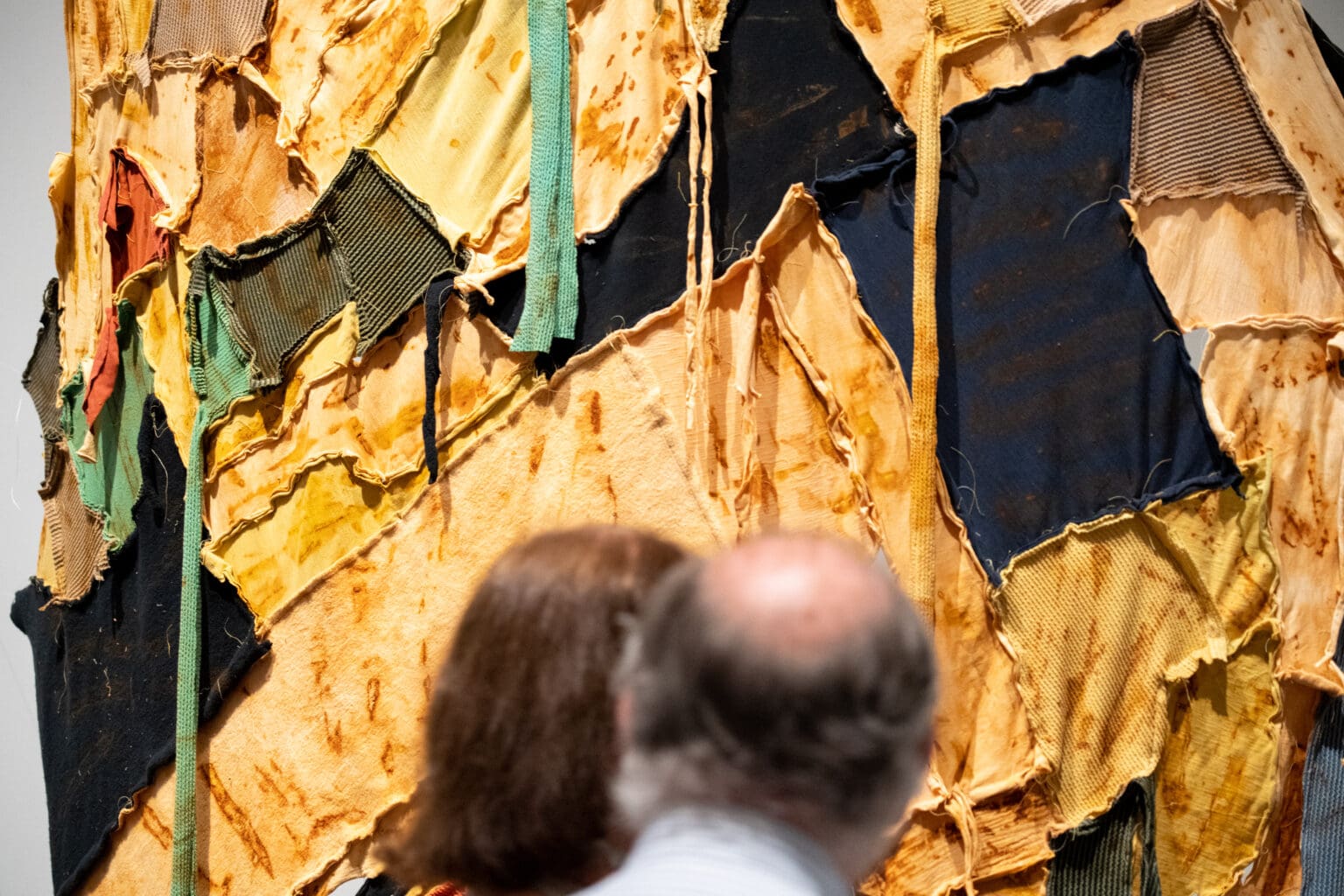Jinseok Choi, a Los Angeles-based artist who is originally from Seoul, said the theme for the biennial Bellingham National exhibition aligns with his artistic practice.
“Bellingham National provides a great platform for artists to connect with diverse local and international audiences, and create a space for conversations about healing and repair — an essential stance in this highly polarized time,” Choi said.
Amy Chaloupka, curator of art at Whatcom Museum, organizes and manag


Try us out
Enjoy 24 hours of unlimited digital access to CascadiaDaily.com for just $1!
Unlock the paywall



